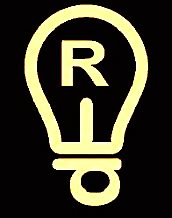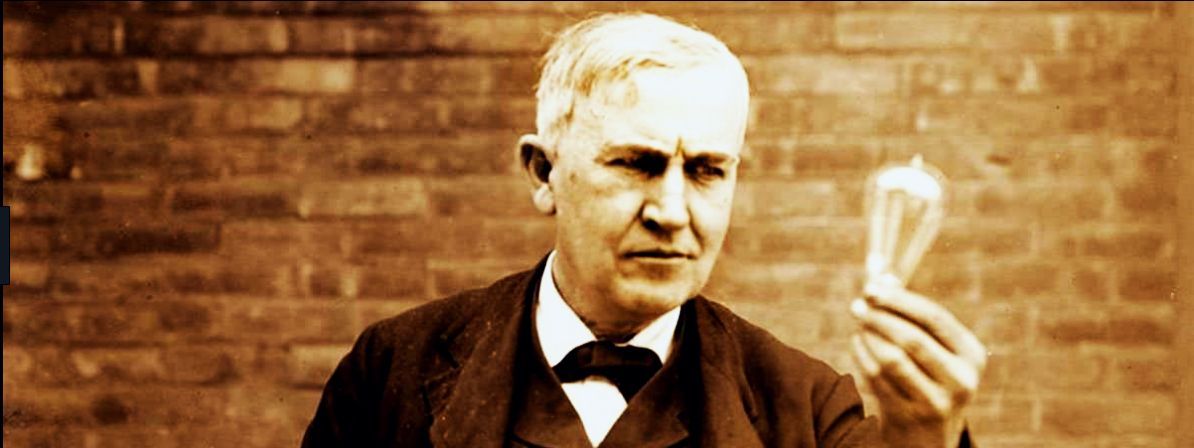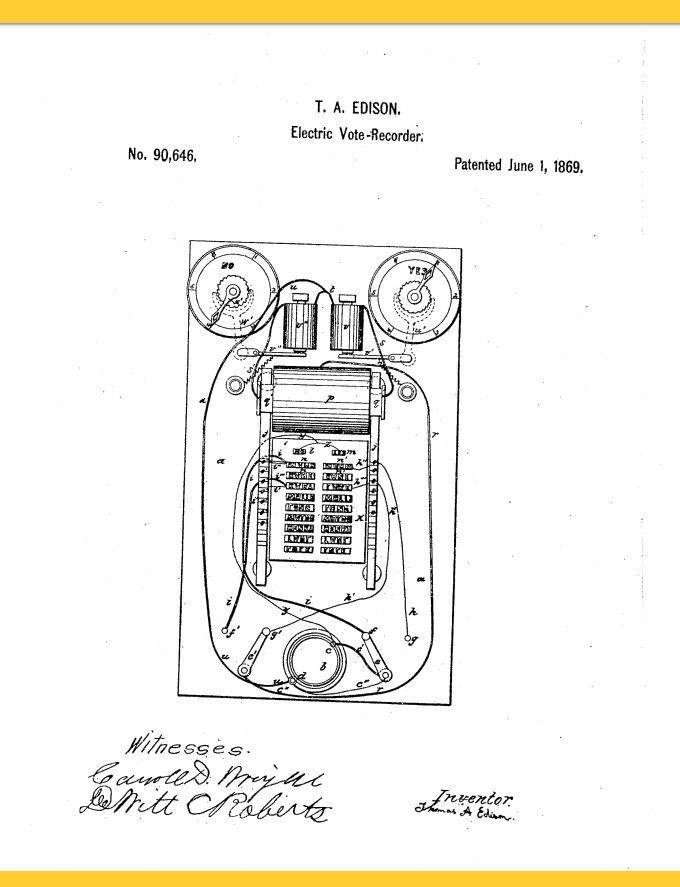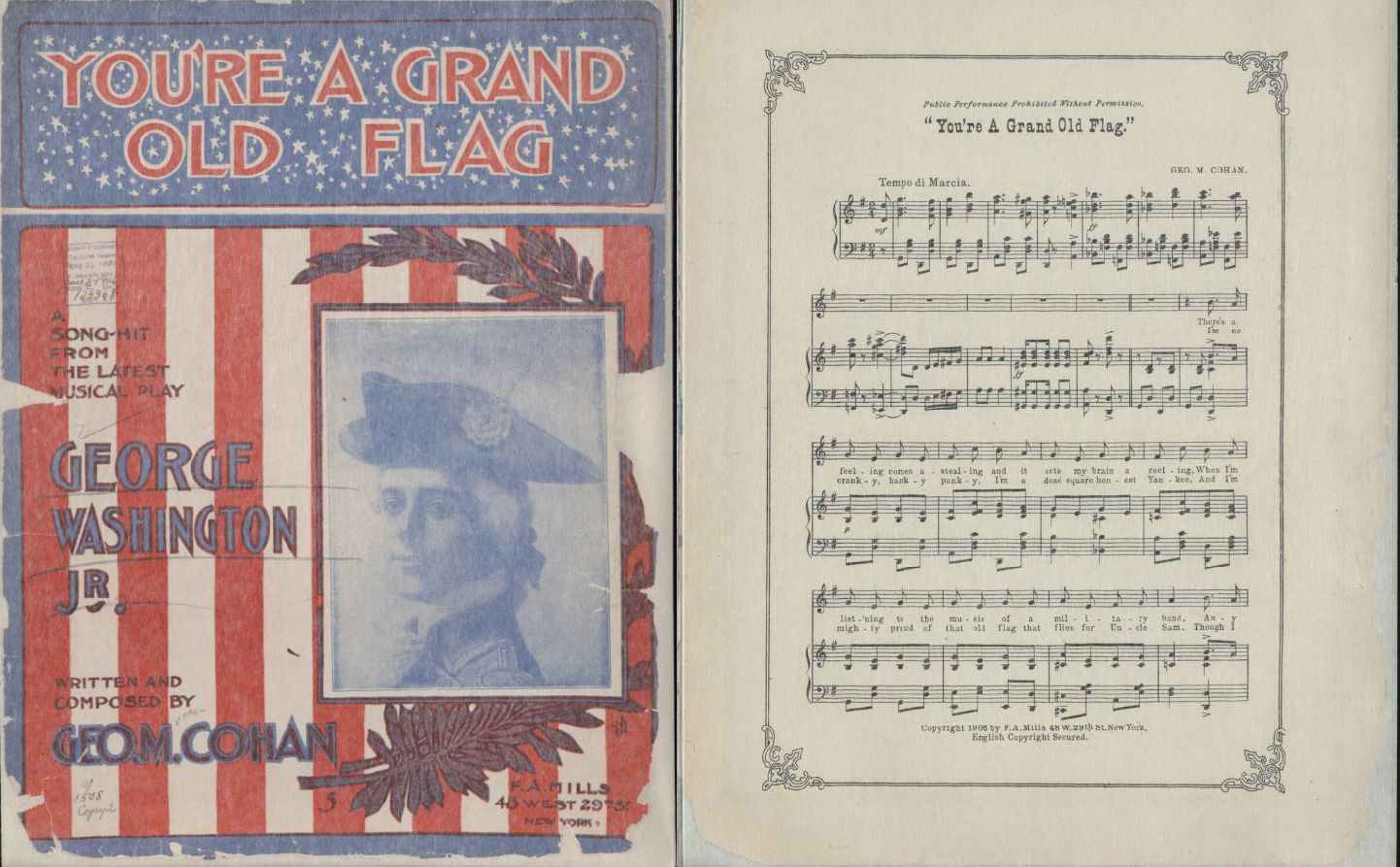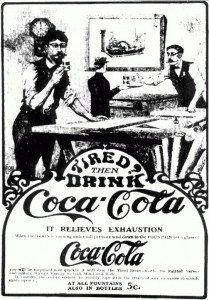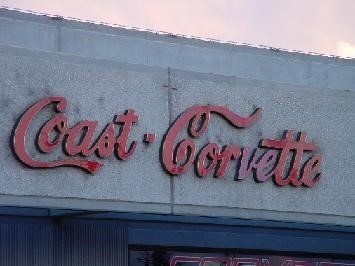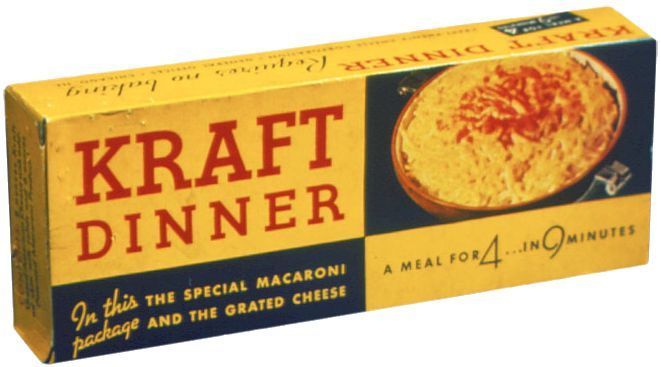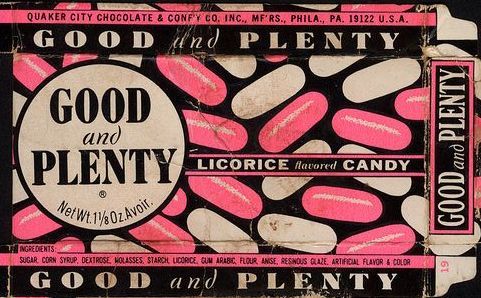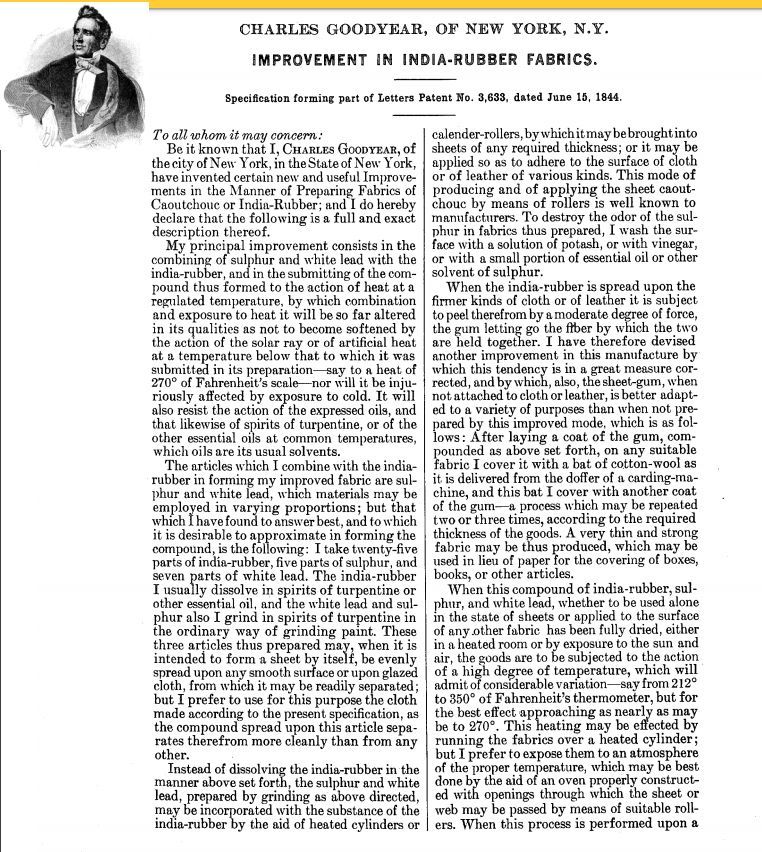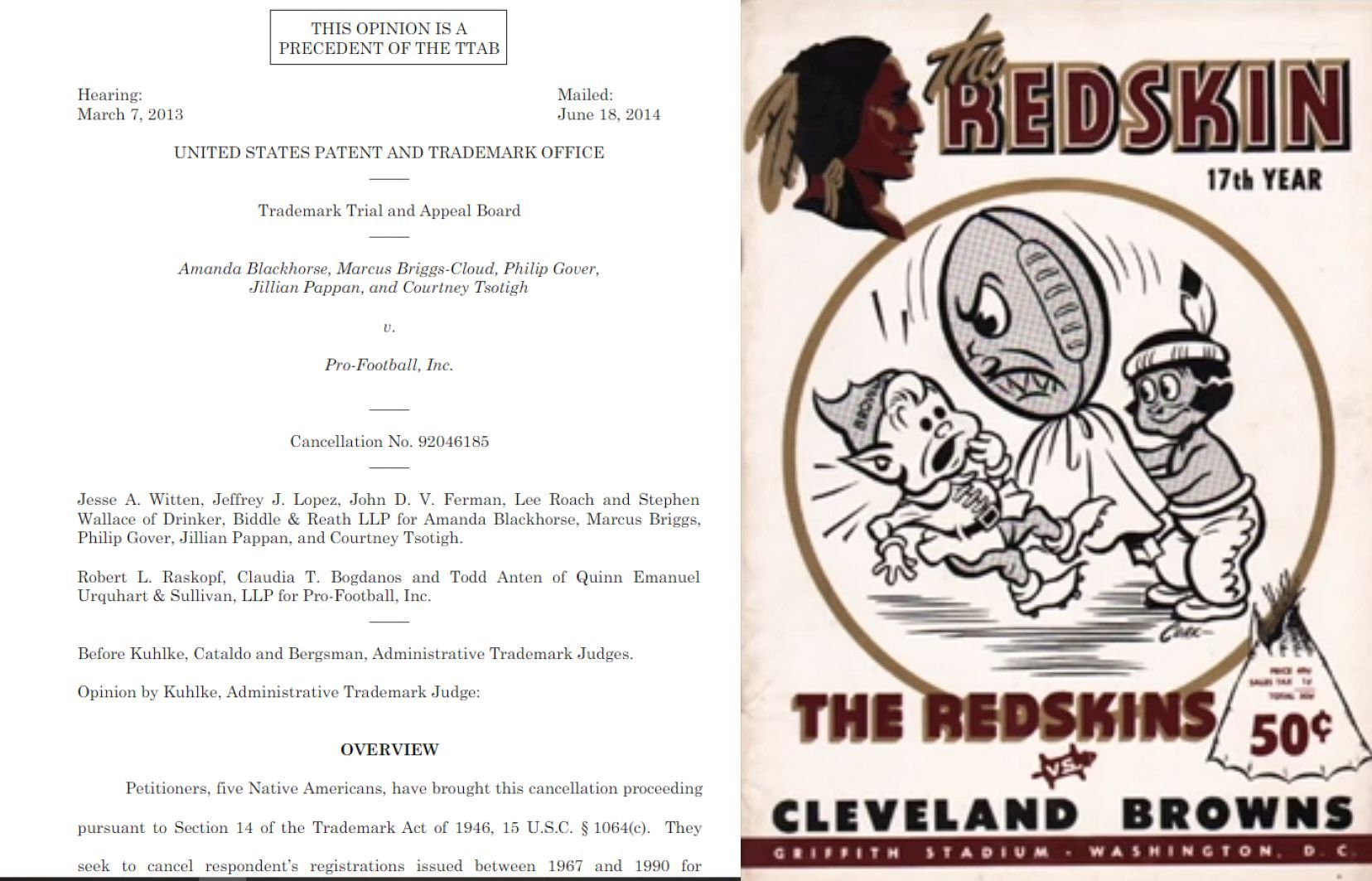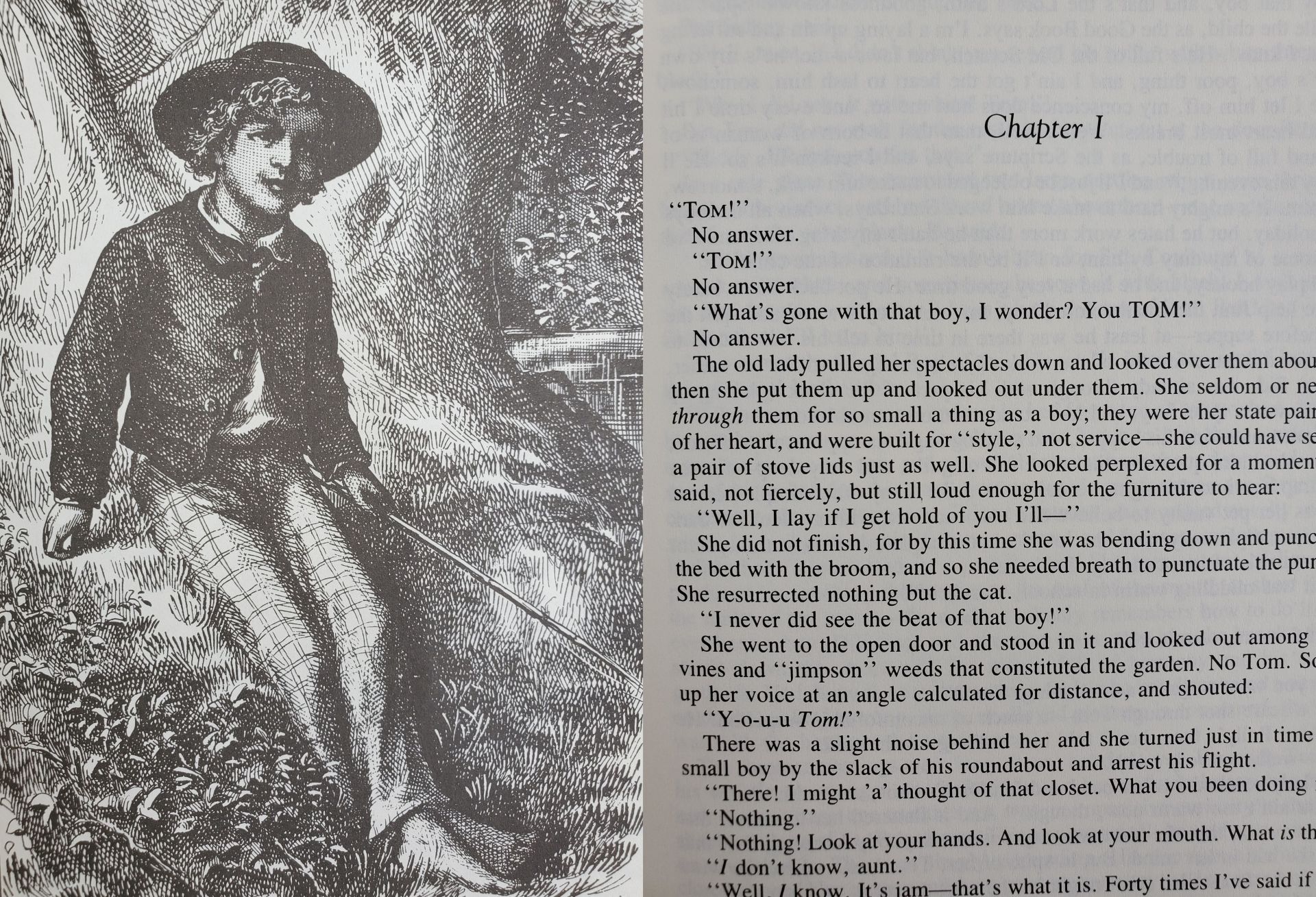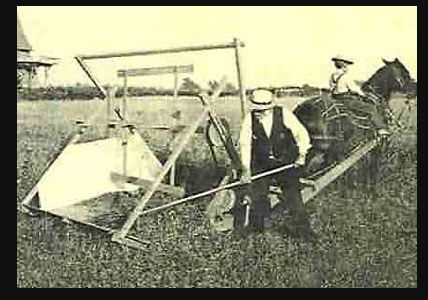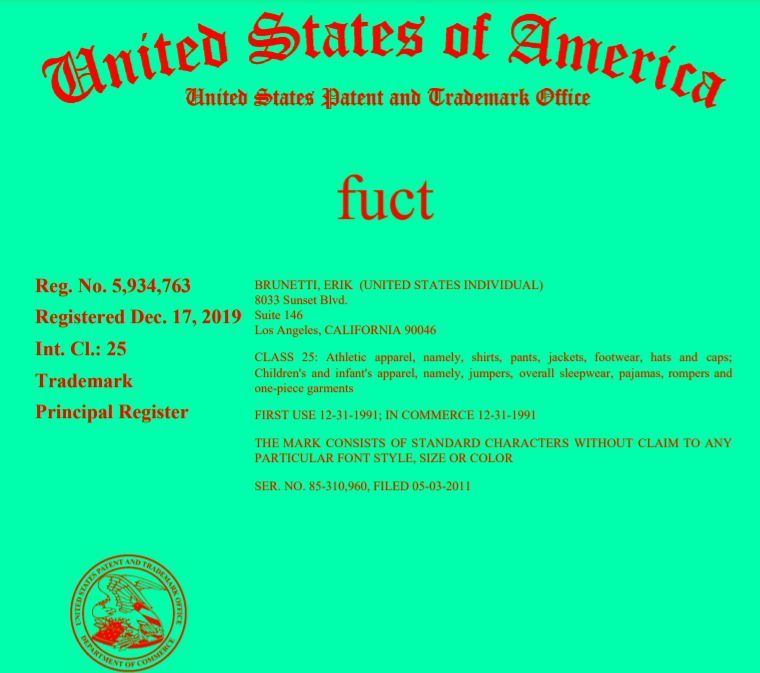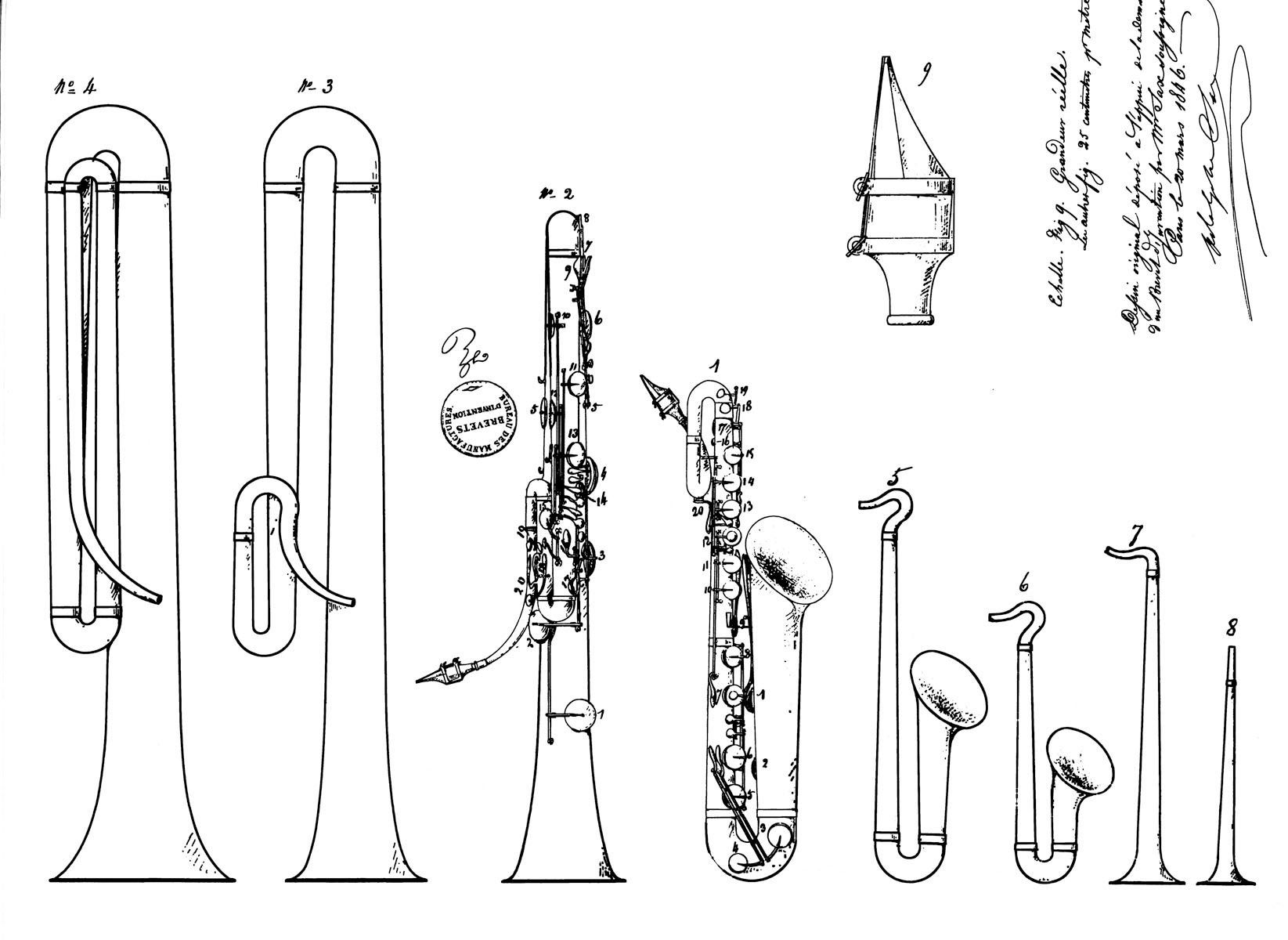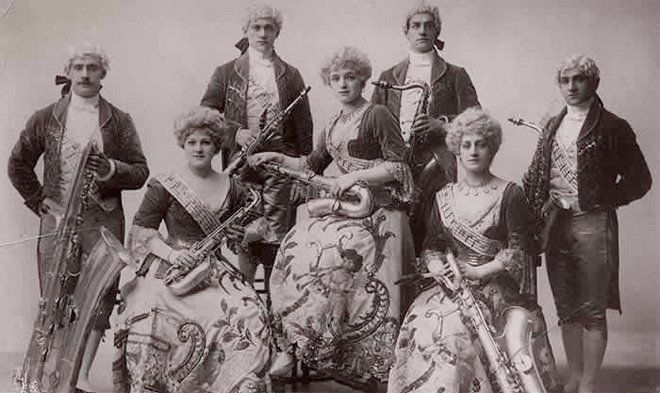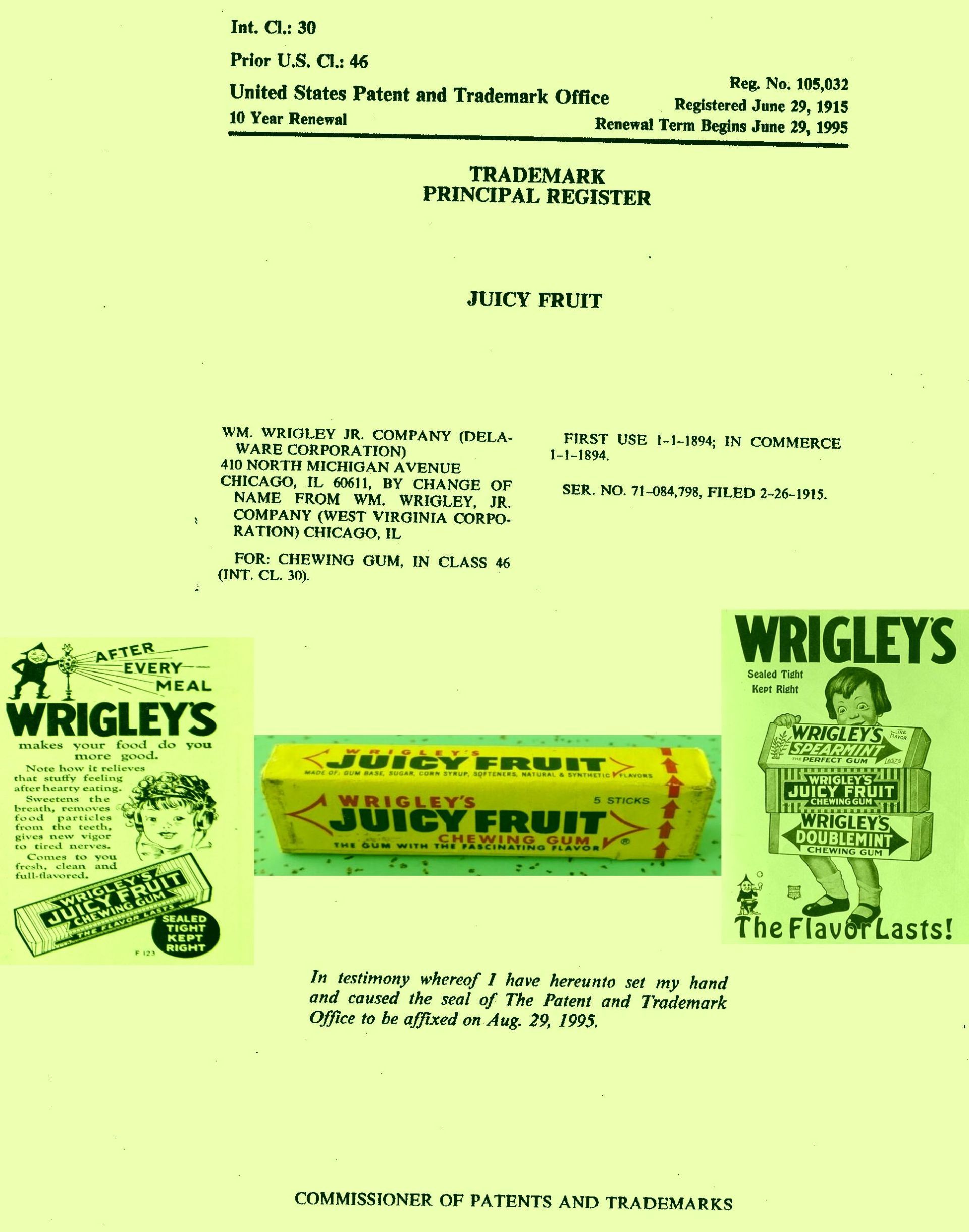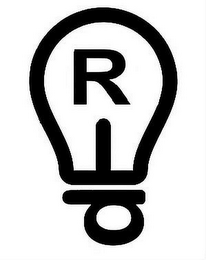TODAY IN IP HISTO®Y
JUNE -- ( We're only half way through this wildly unpredictable year! )
Click to read
ANDERSON LAW UDRP DOMAIN DISPUTE
VICTORIES for the month of
JUNE:
(decided by NAF - June 19, 2003)
PRINT.BIZ (decided by NAF - June 25, 2002)
SECTORNINE.COM (decided by NAF - June 28, 2005)
JUNE IN IP HISTO®Y:
June 1, 1869—Thomas Alva Edison was granted his very first
patent (U. S. Patent No. 90,646) for a vote recorder.
After reading reports that the Washington, D.C., City Council planned to install an electric vote recorder and that the New York legislature was considering one as well, young Edison saw an opportunity and invented a vote recorder. In Edison's device, each legislator moved a switch to either a yes or a no position, thus transmitting a signal to a central recorder that listed the names of members in two columns of metal type headed "Yes" and "No." The recording clerk then placed a sheet of chemically prepared paper over the type columns and moved a metallic roller over the paper. As the current passed through the paper, the chemicals decomposed, leaving the imprint of the name. Dials on either side of the machine recorded the total number of yeas and nays.
A fellow telegrapher bought an interest in the invention for $100 and took it to Washington, D.C. to exhibit to a committee of Congress. The chairman of the committee, unimpressed with the speed with which the instrument could record votes, told him that "if there is any invention on earth that we don't want down here, that is it." The slow pace of roll call voting in Congress and other legislatures enabled members to filibuster legislation or convince others to change their votes. Edison's vote recorder was never used.
Edison was not too dissuaded as he went on to be widely known as the America's most prolific inventor, even after his death in 1931. Thomas Edison held a total of 1,093 U.S.patents (1,084 utility patents and 9 design patents). In 2003, his patent count was finally exceeded by Japanese inventor Shunpei Yamazaki.
June 2, 1857 - James Gibbs patented the first chain-stitch single-thread sewing machine.
June 2,1906 - The patriotic musical composition "You're a Grand Old Flag" by George M. Cohan was registered for copyright protection.
June 3, 1969- U.S. Trademark Certificate No. 870652 issued for the mark NEW YORK RANGERS (and design) in connection with entertainment services, namely professional ice hockey exhibitions in Int. Class 041.
June 3, 1934 — Dr. Frederick Banting of Canada, the coinventor of insulin, and then-youngest recipient of a Nobel prize was knighted by King George of England being among the last group of Canadians to be honoured with this esteemed title. (Sir Doctor)
June 4, 1963 — Patent No. 3,091,888 was granted to 6-year-old Robert Patch for a toy truck.
June 4, 1910 — Christopher Cockerell invented the Hovercraft.
June 5, 1984 — Ronald Kay receives a patent for a "Safety cap for a medicine bottle.
June 5, 1718 — English furniture maker Thomas Chippendale was born.
June 6, 1887 — After inventing his product, J.S. "Doc" Pemberton filed an application with the U.S. Patent Office to register his "Coca-Cola Syrup & Extract" label design for "nutrient or tonic beverages". On June 28 of that same year, his Coca-Cola label, featuring one of the world's most valuable and imitated marks, was registered.
June 7, 1582 — Pope Gregory XIII introduces the Gregorian calendar.
June 7, 1946 — "Eensie Weensie Spider" by Yola De Meglio was registered for copyright protection.
(And it's been creeping up waterspouts and into children's minds ever since.)
June 8, 1869 — Ives McGaffey
patented a carpet sweeping machine, the first patent for a device that cleaned rugs
.
June 8, 1955 — Tim Berners-Lee, computer pioneer who lead the development of the World Wide Web, HTML (used to create web pages), HTTP (HyperText Transfer Protocol) and URLs (Universal Resource Locators)
was (not digitally) created.
June 9, 1915—Les Paul, American inventor who invented electric guitars, sound-on-sound, the eight-track recorder, overdubbing, the electronic reverb effect and multi-track tape recording began to SCREAM!
June 9, 1953 — Patent No. 2,641,545 was granted to John Kraft for the "manufacture of soft surface cured cheese." If it hadn't been for Mr. Kraft the author might have starved in college.
June 10, 1952 —The trademark "MYLAR" was registered under U.S. Cert. No. 0559948 by E. I. DU PONT DE NEMOURS AND CO in connection with polyester film in class 17.
June 10, 1902 — A patent for the "window envelope" for letters was granted to H.F. Callahan.
June 10, 1910 — Jacques-Yves Cousteau, was hatched.
June 11, 1935 — U.S. Trademark No. 325,195 for the mark ROLLS-ROYCE
was registered in connection with "automobiles and chassis" with a priority date of April 09, 1907 based on TM Reg. No. 291,969 (England).
June 12, 1928 —GOOD AND PLENTY for "Candy" was registered as U.S. Trademark No. 243197
June 13, 1944 — U.S. Patent No. 2,351,004 was granted to Marvin Camras for the magnetic tape recorder.
June 14, 1927 — George Washington Carver of Tuskegee, Alabama was granted U.S. Patent No. 1,632,365
for a process of producing paints and stains, the third of only three patents that were ever issued to this prolific agricultural chemist who discovered three hundred uses for peanuts and hundreds more uses for soybeans, pecans and sweet potatoes. During his career he also created improvements for adhesives, axle grease, bleach, buttermilk, chili sauce, fuel briquettes, ink, instant coffee, linoleum, mayonnaise, meat tenderizer, metal polish, paper, plastic, pavement, shaving cream, shoe polish, synthetic rubber, talcum powder and wood stain. Carver held U.S. No. 1,522,176 (re: cosmetics) issued Jan. 6, 1925 and U.S. No. 1,541,478 also for a method of producing paint and stains, issued June 9, 1925.
June 15, 1844 — Charles Goodyear was granted patent No. 3,633 for vulcanized rubber.
June 16, 1980—In Diamond v. Chakrabarty, the U.S. Supreme Court overturned the patent office board of appeals policy that 35 U.S.C.S. § 101 was not intended to cover living things such as laboratory created micro-organisms, and found that an inventor's claim to a genetically engineered micro-organism was eligible for patent protection because the claimed bacterium was not a “product of nature”, but instead was a “manufacture” and/or a “composition of matter.”
“Congress plainly contemplated that the patent laws would be given wide scope” because it chose to draft 35 U.S.C. 101 using “such expansive terms as ‘manufacture’ and ‘composition of matter,’ modified by the comprehensive ‘any.’”
Thus, the Court held that living subject matter with markedly different characteristics from any found in nature, such as the claimed bacterium produced by genetic engineering, is not excluded from patent protection by 35 U.S.C. 101. 447 U.S. at 308, 206 USPQ at 197. The Court also determined that the distinction between living and inanimate things was not relevant for subject matter eligibility. Id. at 199.
June 17 1980—Atari's "Asteroids" and "Lunar Lander" are the first two video games to be registered for copyright protection.
THE DAYS OF DISPARAGEMENT
Section 2(a) of the Lanham Act (the “disparagement clause”) bars the Patent and Trademark Office from granting registration to any trademark deemed scandalous, immoral, or disparaging to any person, institution, belief, or national symbol.
On
June 18, 2014, the U.S. Patent and Trademark Office Trademark Trial and Appeal Board issued its decision in proceeding No. 92046185 brought by Suzan Harjo and a group of Native Americans seeking to cancel six decades-old trademark registrations owned by the NFL and Pro-Football, Inc. for the famous trademark REDSKINS.
Registrants later appealed to the United States District Court for the District of Columbia who overturned the ruling, finding a lack of substantial evidence of disparagement and saying the petition was barred by laches, a legal theory that prohibits a part from waiting a long time to file a claim. In November 2009, the U.S. Supreme Court declined to hear the case.
Matal v. Tam
- "The Slants" case
After being refused registration, punk-rock band, "the Slants"' frontman, Simon Tam sued the Patent and Trademark Office in Federal Court who later issued an order compelling the USPTO Director to register Tam's band name THE SLANTS as a trademark. "We grew up and the notion of having slanted eyes was always considered a negative thing," Tam said. "Kids would pull their eyes back in a slant-eyed gesture to make fun of us. ... I wanted to change it to something that was powerful, something that was considered beautiful or a point of pride instead."
The USPTO appealed.
On
June 19, 2017, the U.S. Supreme Court ruled unanimously in favor of Tam. "The disparagement clause violates the First Amendment’s Free Speech Clause, Justice Samuel Alito wrote, "Contrary to the Government’s contention, trademarks are private, not government speech." (continued below)...
June 19, 2018 – U.S. Patent 10 million
was issued for a “Coherent Ladar Using Intra-Pixel Quadrature Detection.”
The first to receive a new patent cover design, it was celebrated by the USPTO as "symbolizing the breadth of American invention, with applications in such varied fields as autonomous vehicles, medical imaging devices, military defense systems, and space and undersea exploration."
Invented by Joseph Marron and owned by Raytheon Company, “[t]his patent represents one of ten million steps on a continuum of human accomplishment launched when our Founding Fathers provided for intellectual property protection in our Constitution. Americans who have changed the course of history with their brilliance and dogged perseverance” said Andrei Iancu, “some of the greatest leaps humanity has made have been fueled by our greatest inventors.
June 19, 1940 — "Brenda Starr," the first cartoon strip by a woman, appeared in a Chicago newspaper.
June 20, 1840 — Samuel Morse was granted a patent for telegraphy signals
June 21, 1875 -- "Adventures of Tom Sawyer" by Mark Twain was registered for copyright.
June 21, 1834—Cyrus McCormick patented the mechanical reaper for the cultivation of grain. Designed by Robert McCormick in Walnut Grove, Virginia, he became frustrated when he was unable to perfect his new device. His son Cyrus asked for permission to try to complete his father's project. With permission granted, the McCormick Reaper was patented as a horse-drawn farm implement to cut small grain crops.
"It was perfect for farming the Midwest, but not for the rocky soils of New England. It helped encourage migration west."
June 22, 1873 - Louis Pasteur receives a patent for "pasteurization" process related to the manufacture of beer and treatment of yeast.
June 22, 1847 — American ship captain Hansen Gregory invented the donut.
June 22, 1954 — "Rolaids" for "antacid mints" was registered under U.S. Trademark No. 591,597. (Coincidence?)
June 23, 1906 -- "America the Beautiful" was registered for copyright protection by Katharine Lee Bates.
June 24, 1771 - E.I. du Pont, French chemist and industrialist, who founded the gunpowder manufacturing company E.I. du Pont de Nemours and Company, was formulated.
June 24, 1873 — Mark Twain patented a scrapbook.
DAYS OF DISPARAGEMENT (PART 2)
June 24, 2019
- The US Supreme Court issued its Opinion in
Iancu v. Brunetti.
Facts: Respondent Erik Brunetti sought federal registration of the trademark FUCT.
The Patent and Trademark Office (PTO) denied his application under a provision of the Lanham Act that prohibits registration of trademarks that “[c]onsist[ ] of or comprise[ ] immoral[ ] or scandalous matter,” 15 U. S. C. §1052(a). Brunetti brought a First Amendment challenge to the “immoral or scandalous” bar in the Federal Circuit, which invalidated the provision. Held:
The Lanham Act’s prohibition on registration of “immoral[ ] or scandalous” trademarks violates the First Amendment. THE USPTO was ORDERED to issue Brunetti's proposed trademark and ultimately did:
June 25 ,1929 — A patent was granted to G.L. Pierce for a basketball.
June 26, 1951 — U.S. Trademark Reg. No. 544,328 for the mark CANDY LAND (stylized) issued sweetly in connection with board games.
June 27, 1967 — U.S. Trademark Reg. No. 831,249 for NY JETS (and design) issued as the JETS don't fumble and get a TM in connection with entertainment services, namely, "football exhibitions".
June 30, 1896—William Hadaway was issued a patent for the electric stove.



